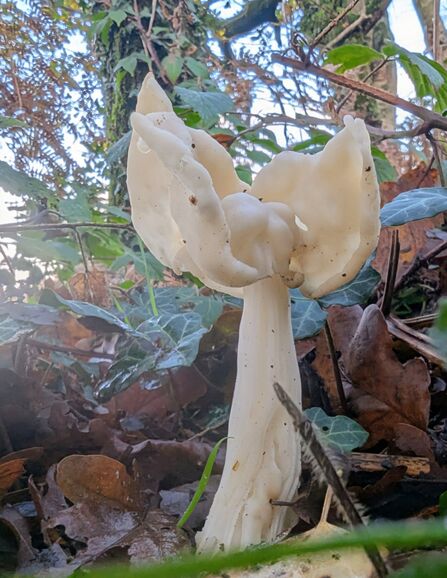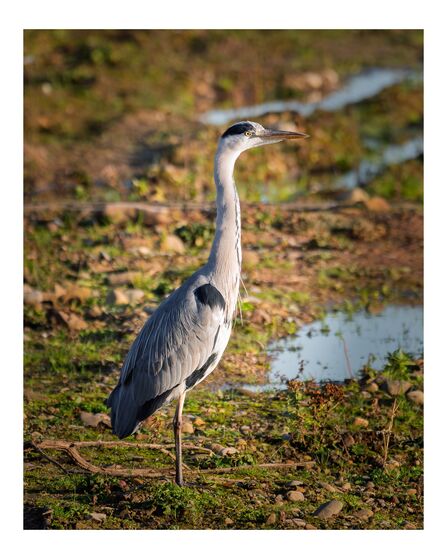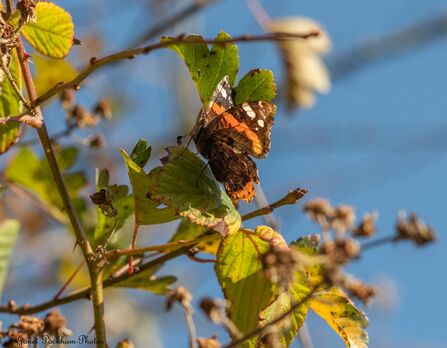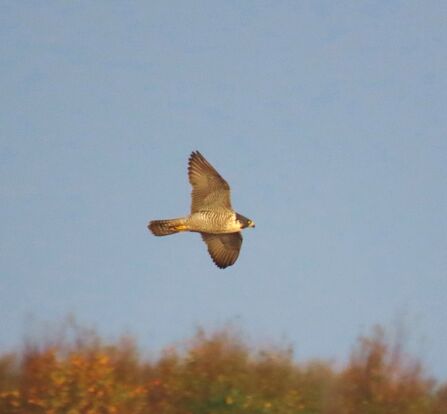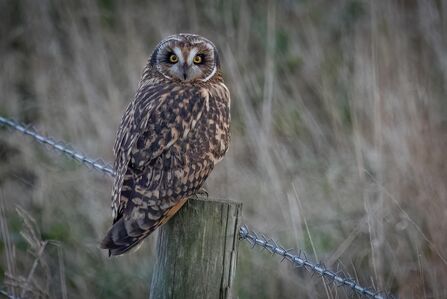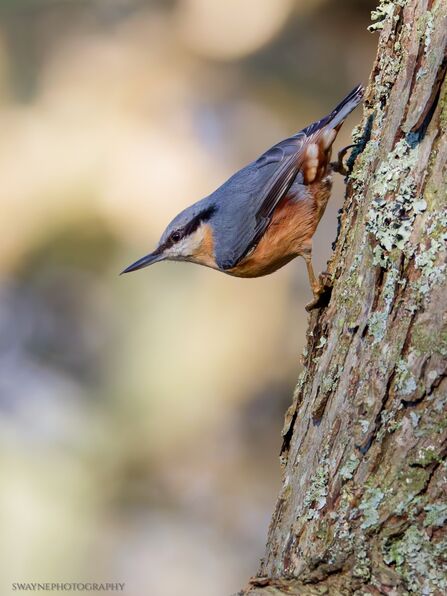
Nut hatch at Mere Sands Wood Credit Swaynephotography
Mere Sands Wood
Nuthatch
A tit-sized bird, the nuthatch has a short tail, large head and a woodpecker-like bill. We can't get enough of the colours in this photograph.
Being the only UK bird that can scuttle headfirst down a tree, gripping with its powerful toes, we love that swaynephotography caught this one in action!



